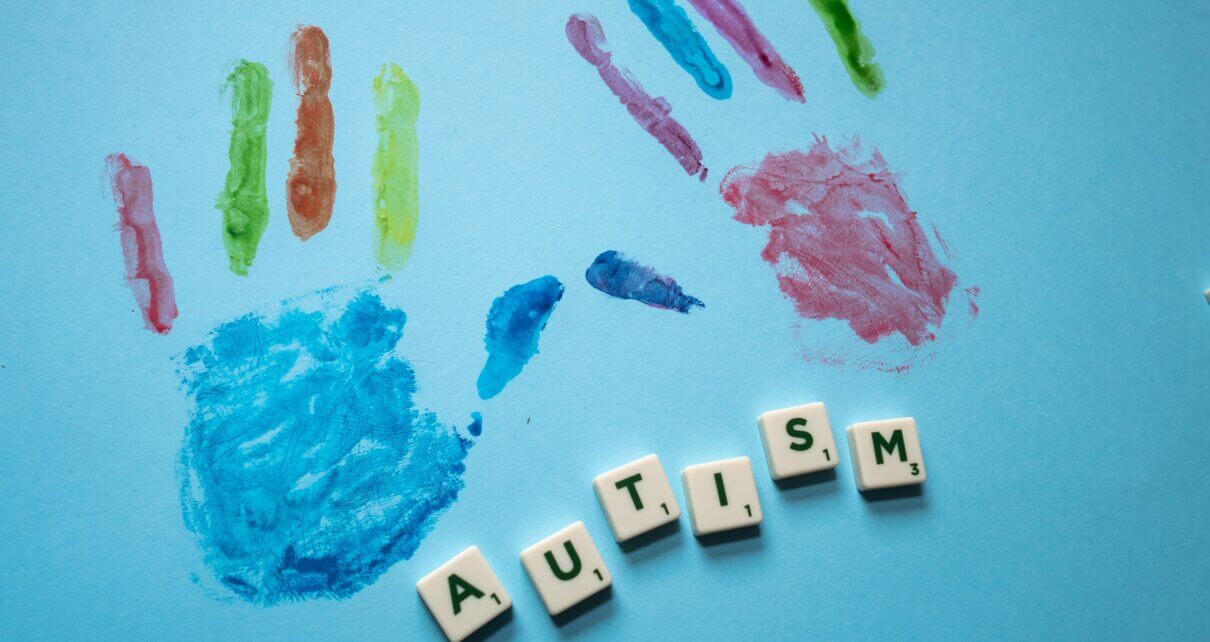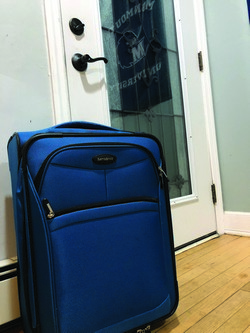April is Autism Acceptance Month, a time to better educate yourself and support the autistic community. The American Psychiatric Association defines autism as “a complex [neuro]developmental condition involving persistent challenges with social communication, restricted interests, and repetitive behavior.”
Social interactions are challenging for some neurodivergent people. Behaviors may include difficulty maintaining eye contact, being averse to physical touch, difficulty picking up social cues, and trouble following directions.
Exhibiting repetitive behaviors is also consistent with autism, like rocking back and forth, developing daily schedules that cannot be interrupted or changed, self-harm, and repeating noises or phrases. These behaviors are triggered or exaggerated by one’s environment. Situations involving loud noises, crowded spaces, or tactile discomfort (like uncomfortable clothing) can trigger sensory overload.
Many individuals with autism have learned to suppress autistic behaviors and mimic neurotypical ones to feel accepted; this process is called masking. Even if this behavior is not always intentional, it can lead individuals with autism to feel uncomfortable or like they’re not expressing their true selves.
Masking can include hiding special interests or repetitive behaviors. For example, some people consider it rude to avoid eye contact when speaking to someone. So, some neurodivergent individuals may feel the need to make eye contact even if it makes them uncomfortable.
Ultimately, there’s no one-size-fits-all definition of what autism looks like because every neurodivergent person experiences autism differently. Autism is a spectrum disorder, meaning there is a variety of symptoms, each with different levels of severity. All individuals on the spectrum are unique with their own personal experiences.
Unfortunately, autism is still stigmatized due to the lack of education surrounding autism spectrum disorder.
Lauren Bevacqua, a junior creative writing and secondary education student, commented, “The biggest misconception about autism is many people think there is just one stereotypical perception of people with autism. With autism being a spectrum, many people do not realize that people have different levels of support needs. The labels ‘high functioning’ and ‘low functioning’ are outdated terms and do not explain what a person with autism needs in terms of support. The spectrum is not linear, and I wish people knew that.”
Previously named Autism Awareness Month, this month aims to celebrate and promote the acceptance of individuals with autism. The Autism Society first held this annual observation in 1970. Only recently, in 2021, did the organization suggest the name change to emphasize their focus on promoting more inclusion for neurodivergent people rather than just recognizing they exist.
Christopher Banks, President and CEO of The Autism Society of America, helped clarify the reasoning behind this change, “Awareness is knowing that somebody has autism. Acceptance is when you include a person with autism in your activities.”
While it’s important to understand exactly what autism is, the most important thing is making sure neurodivergent individuals feel accepted and included in all spaces and get the support they need. The goal of Autism Acceptance Month is to help people form connections and to empower the Autism community to live fully.
This month also helps neurotypical people learn how they can help support the community and any neurodivergent people in their lives.
“Neurotypical people can support their peers with autism in many ways,” Bevacqua said. “One way can be doing in-depth research about which organizations to support and which symbols represent autism. In the present day, people with autism urge their neurotypical peers to not support the puzzle piece symbol associated with Autism Speaks. Instead, neurotypical people can support by using a rainbow infinity sign or by wearing red.”
According to Altogether Autism, people within the community have found fault with the puzzle piece as it promotes the idea that neurodivergent people are incomplete or “a puzzle that can’t be worked out.”
Additionally, the puzzle piece symbol is often associated with Autism Speaks, an organization that has had numerous campaigns that were harmful and offensive. They included many negative ideas about autism, framing it as a disease that requires a fix.
Many people have transitioned to using a rainbow infinity symbol to show their support for the community; nonetheless, one of the biggest ways to support autism acceptance is to educate yourself and those around you. Take the time to learn about autism and how you can be more inclusionary to neurodivergent individuals.
“Another way to support is listening to their voices. Every experience is different, and asking what you can do to support their specific needs is absolutely essential,” Bevacqua concluded.




